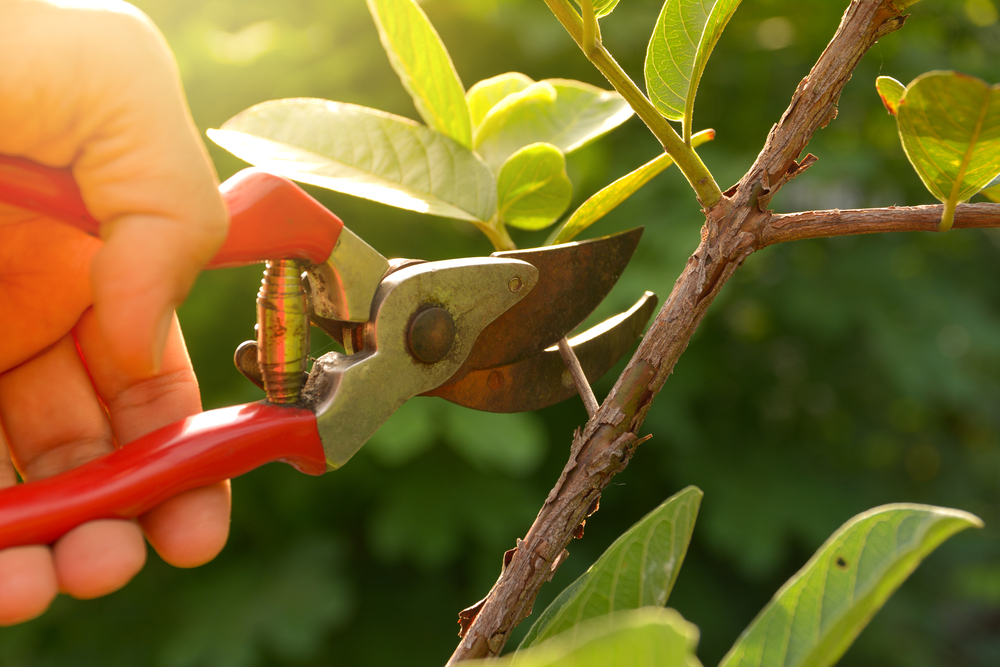Pruning is one of the most rewarding gardening tasks, but it’s easy to get wrong.
Others are reading now
Pruning is one of the most rewarding gardening tasks, but it’s easy to get wrong.
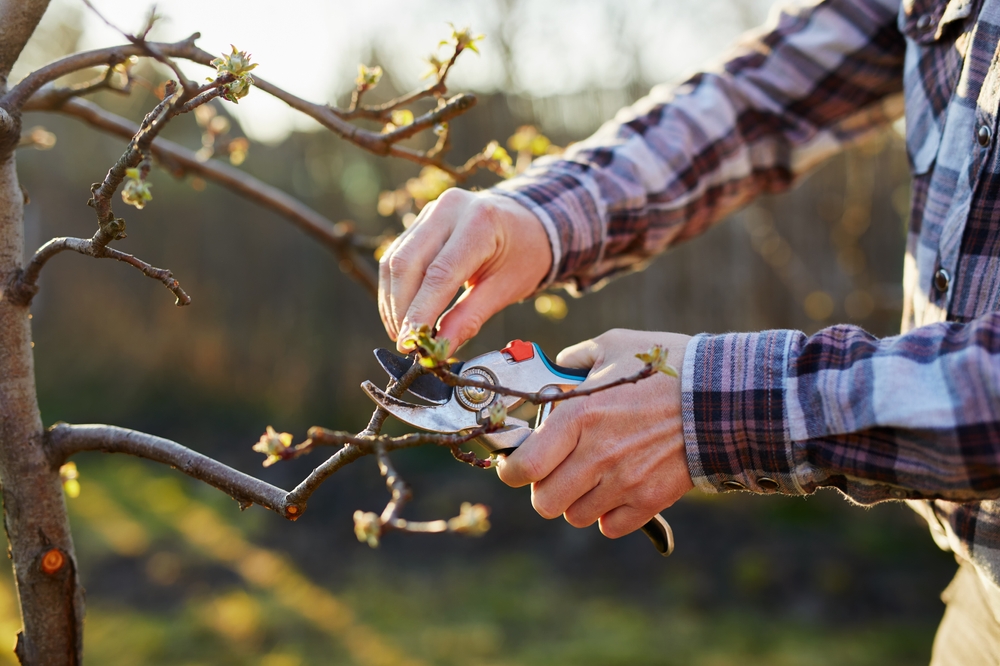
When done properly, pruning encourages healthy growth, better flowering, and a more attractive garden.
But common mistakes can leave your plants weakened, diseased, or worse. Here are five frequent errors, and how to avoid them.
Using Dirty or Dull Tools
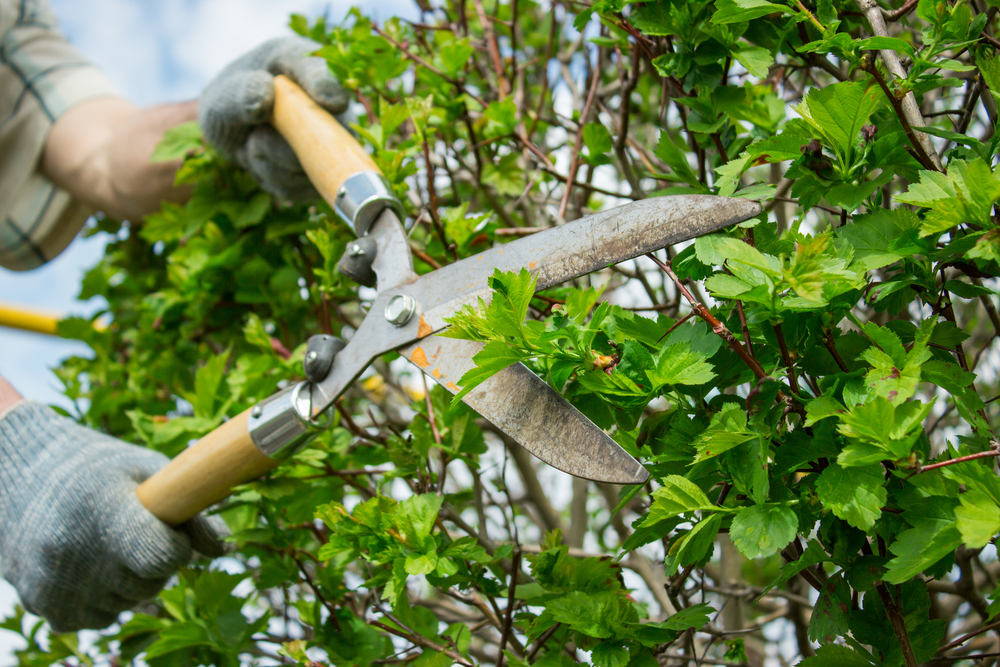
The biggest mistake often happens before the first cut: using tools that are blunt, rusty, or covered in sap.
Also read
Dull blades tear instead of cut, damaging branches and creating entry points for pests and disease.
To avoid this, always clean and sharpen your pruning tools after each use. Wipe away sap, use steel wool to remove rust, and oil the hinges and blades.
A quick spray with disinfectant helps prevent spreading infections between plants.
Pruning at the Wrong Time of Year
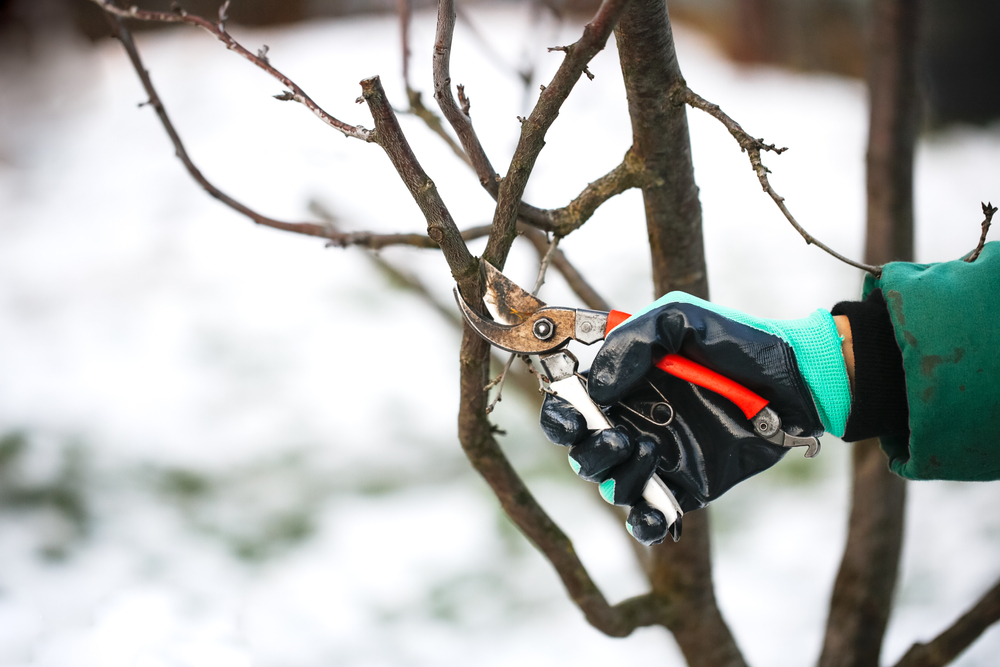
Timing is everything when it comes to pruning. Most deciduous trees should be pruned while dormant, from autumn through late winter, before their buds begin to swell.
Cutting during the growing season (spring or summer) can cause sap loss and make trees more vulnerable to disease.
However, stone fruits like cherries, plums, and apricots should be pruned in summer to avoid silver leaf fungus, which spreads in cooler months.
Evergreens are best pruned in spring, when new growth begins. Cutting them in autumn or winter can leave them susceptible to frost damage.
Ignoring Signs of Disease
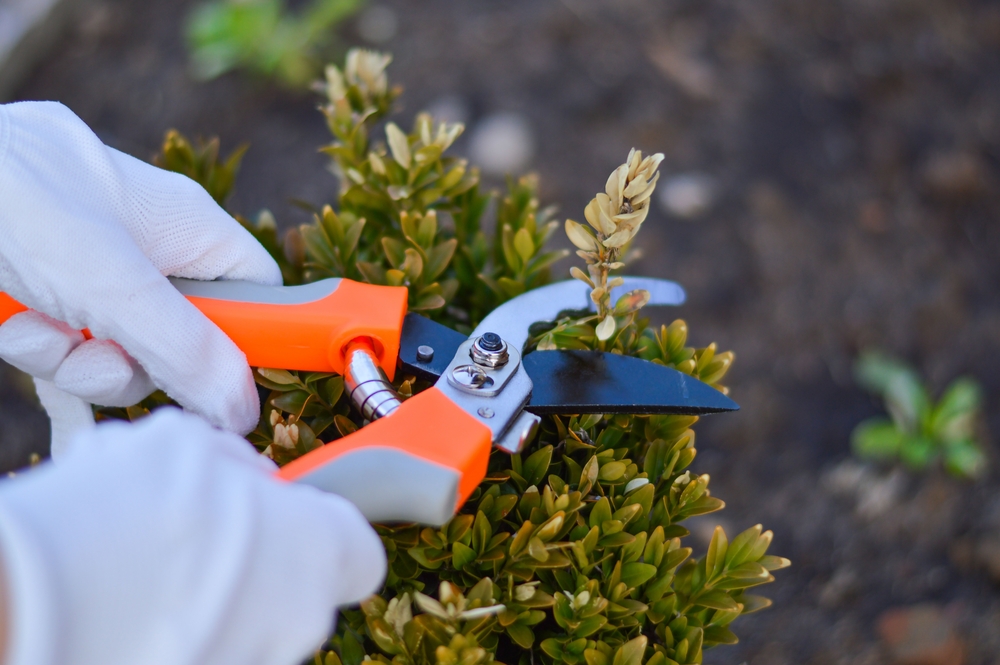
If part of a tree or shrub looks diseased, don’t ignore it, even if the damage seems minor. Unchecked, it can spread and kill the whole plant.
Start every pruning session by identifying and removing BDS: branches that are broken, dead, or sick.
While you don’t need to seal fresh cuts with disinfectant, you should always sanitize your tools between uses to prevent spreading pathogens.
Cutting Back Too Much at Once
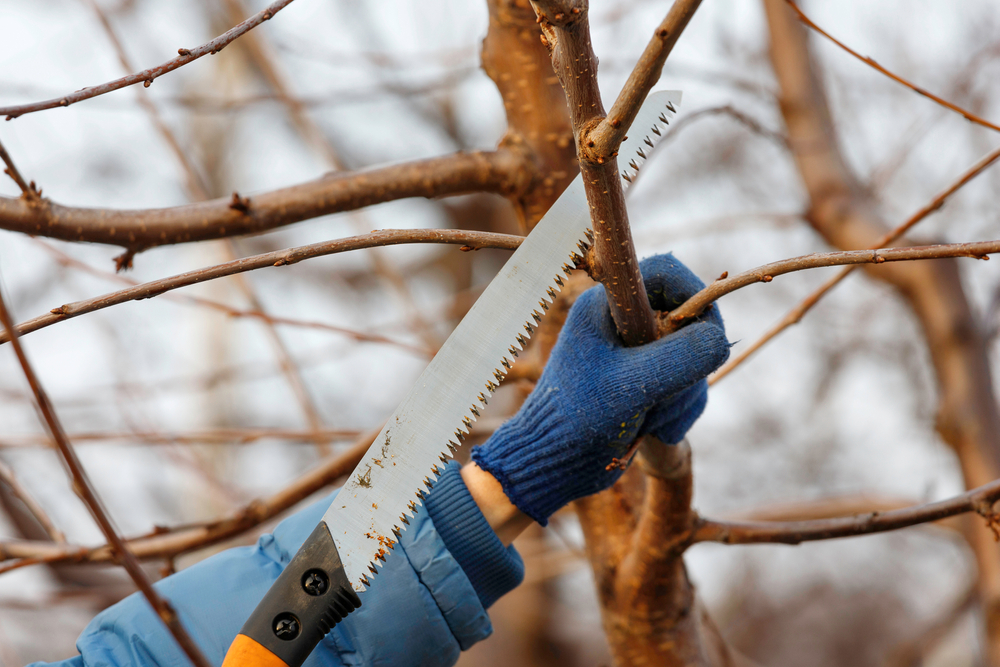
There’s an old gardening adage: “Look twice, cut once.” It applies perfectly here. Over-pruning can be just as harmful as neglect.
Trees store carbohydrates in wood, and leaves generate energy through photosynthesis. If you remove too much, the plant may struggle to recover and become vulnerable to pests and diseases.
Avoid heavy-handed pruning. Instead, trim modestly and regularly to shape the plant gradually and maintain vigor.
Never “top” a tree, removing the main central leader leads to uncontrolled, weak growth.
Skipping Pruning Altogether
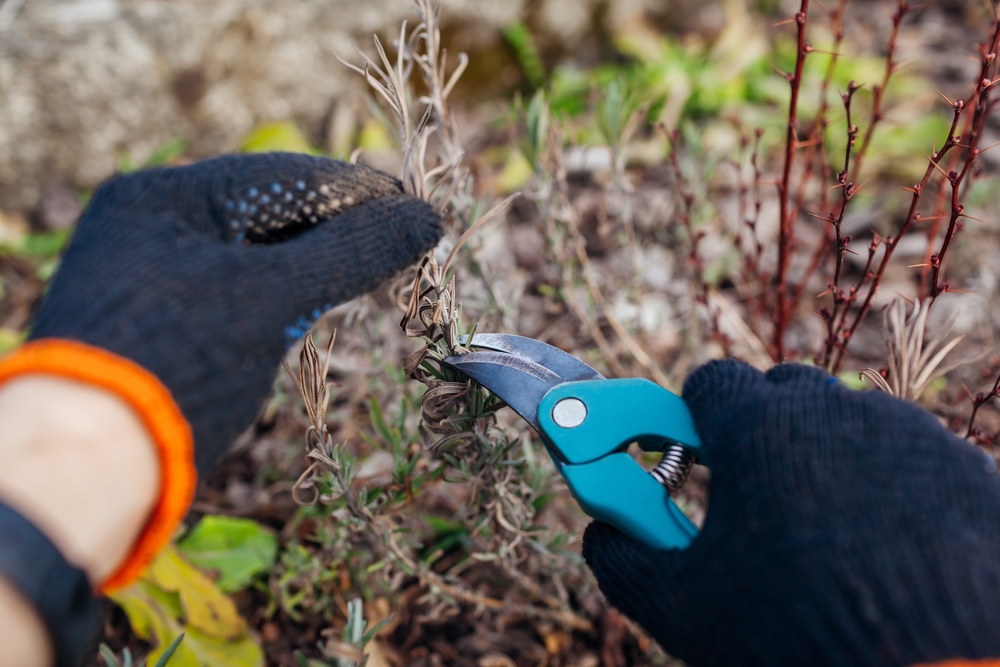
Neglecting pruning for several seasons doesn’t help your plants, it harms them. Without regular shaping, trees and shrubs become overcrowded, messy, and prone to disease.
Annual pruning encourages fresh, healthy growth and helps maintain an open canopy that allows light and air to reach the plant’s interior.
This reduces the risk of fungal infections and improves flower and fruit production.
Aim for an open “goblet” shape when pruning, ideal for airflow, light penetration, and balanced structure.

